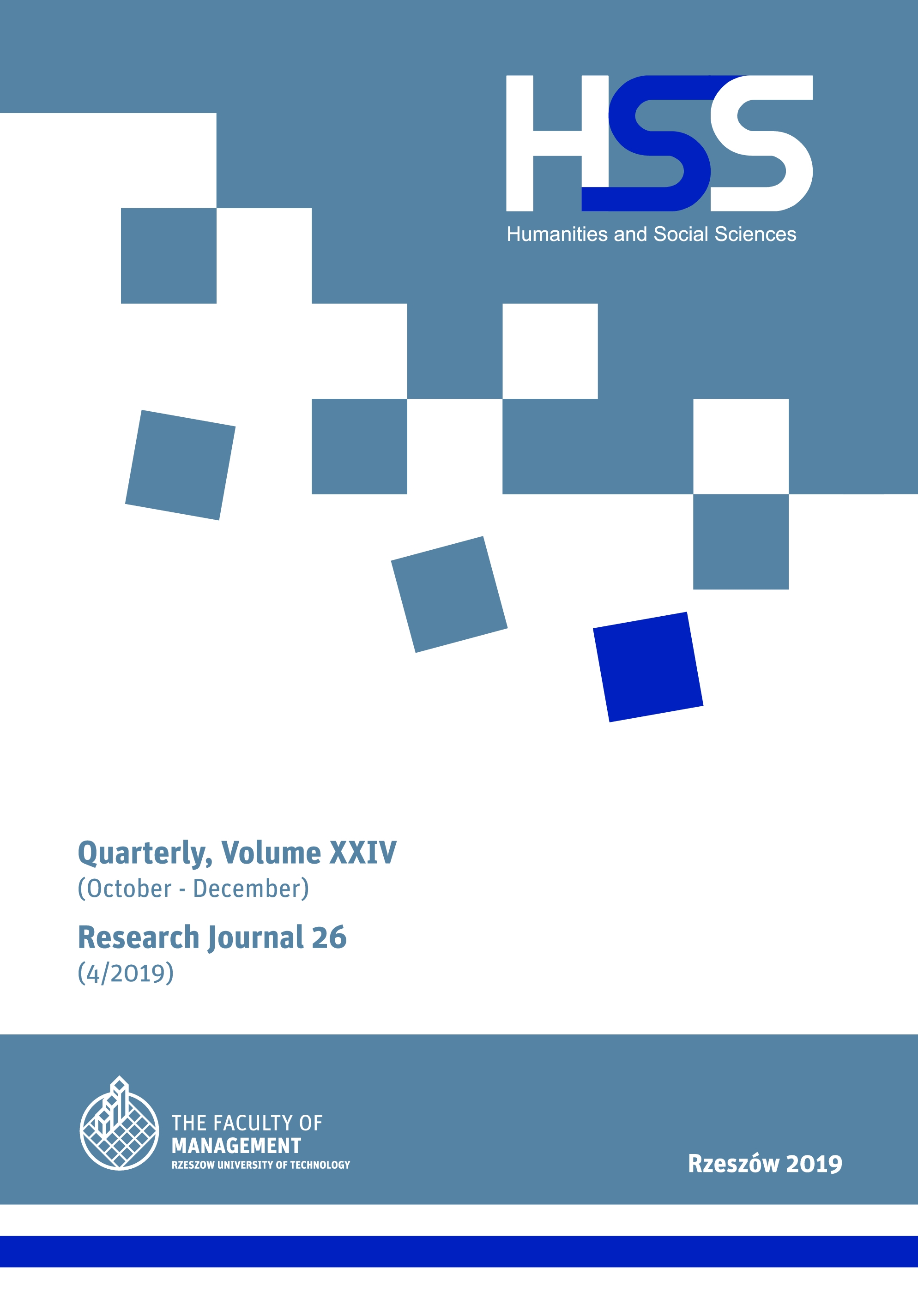Abstract
This research aims to identify the mechanisms behind irrationality in consumer choice of commodities based on marketing communication strategies employed by companies and their understanding of consumers' sociological behaviour. From a reinterpretation of research evidence and an analysis of existing literature, the research examines whether the infantilisation of marketing activities stems from a mistaken notion of marketing, and a lack of understanding that marketing aims for mutual agreement and benefits for the supply and demand sides.
The argument relies on secondary studies and market analysis, such as the understanding of past and present market phenomena, factors, and processes. The present study applied exploratory data analysis to describe behaviours, needs, values, lifestyle and consumption models. The sources used included scientific papers, monographs, and reports by private foundations and commercial enterprises.
The analysis of literature revealed artificially created paradigms that frame the choice of commodity and a decline in the role of demand in creating supply - especially by individual clients. The paper proposes a need for changes in how marketing communication is seen and deployed, to limit consumption and human subjectivity.
References
Abell, D.F. (2000). Dualizm w zarządzaniu dziś i jutro firmy. Warszawa: Poltext.
Arrow, K.J. (1998). Economic theory and The hypothesis of rationality. The New Palgrave: A Dictionary of Economics. London: Macmillan Reference Limited.
Czarny, E. (2006). Mikroekonomia. Poznań: PWE.
Forlicz, S. (2001). Niedoskonała wiedza podmiotów rynkowych. Warszawa: PWN.
Hirshleifer, J., Glazer, A., Hirshleifer, D. (2005). Price theory and applicationism. Cambridge: Cambridge University Press.
Lindgren, B.W. (1977). Elementy teorii decyzji. Warszawa: Wydawnictwa Naukowo-Techniczne.
Łyszkiewicz, W. (2000). Industrial Organization. Organizacja rynku i konkurencji. Warszawa: Wyższa Szkoła Handlu i Finansów Międzynarodowych.
O’Shaughnessy, J. (2004). Dlaczego ludzie kupują. Poznań: PWE.
Piasecki, S. (2007). Wstęp do teorii konkurencji rynkowej. Warszawa: Wyższa Szkoła Finansów i Zarządzania w Warszawie.
Rubinstein, A. (1998). Modeling Bounded Rationality. Cambridge: MiT.
Stiglitz, J.E. (2004). Informacja i zmiana paradygmatu w ekonomii (część pierwsza). „Gospodarka Narodowa”, No. 3.
Świtalski, Z. (2002). Miękkie modele preferencji i ich zastosowania w ekonomii. Poznań: Wydawnictwo Akademii Ekonomicznej w Poznaniu.
Weirich, P. (2004). Realistic Decision Theory. Oxford: Oxford University Press.
Zadora, H. (2003). Ekonomiczne i finansowe funkcje marketingu [In:] Zadora, H., red., Marketing w ekonomii i finansach. Gliwice: Wydawnictwo Politechniki Śląskiej.
Traczyk, W. (2007). Samochód prezesa [Access: 11.04.2019]. Access on the internet: http://www.motogazeta.mojeauto.pl/Samochody_luksusowe/Samochod_prezesa,a,76915.html
Toczyski, M. (2010). Case study Apple: Jak stworzyć wokół marki grono zwolenników? [Access: 23.04.2019]. Access on the internet: http://www.michaltoczyski.pl/biznes/case-study-apple


